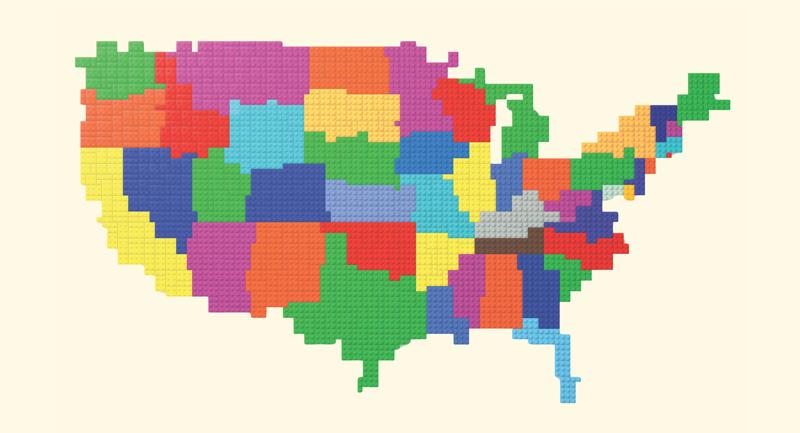When I was in high school, I had a teacher who prided herself on being a tough grader—very few students passed her classes. She talked extensively to her classes at the beginning of the year and throughout the term about how challenging her tests were and even bragged about the meager percentages of students who typically passed them.
While most teachers today don't explicitly follow these types of practices, I've found they still hold enormous power in our schools. So it's important to reflect on the real purposes of assessments and measurement in our work.
As educators, we need appropriate assessment tools to determine what students know and what they have learned in order to revise and refine our (educators') practices. Assessments and measurement tools provide important evidence of what we have actually taught—and how well we have taught it. Assessments should be seen as opportunities for educators to adjust their practices and respond to students, not as opportunities to punitively grade or sort students through explicit or implicit tracking systems.
In this sense, assessment and evaluative tools should be expansive and should be used to chart and promote student learning and development over time. This is especially true with respect to students who are often placed at the margin of learning—black and brown students, students whose first language is not English, students who have learning differences, and students who live below the poverty line. Measurement has often been used as means to compare these students to more advantaged students and thus push them even further to the margins, when it should be employed to support their development as diverse human beings. As Linda Darling-Hammond wrote a few years ago:
The Reagan era introduced a new theory of reform focused on outcomes rather than inputs—that is, high-stakes testing without investing—that drove most policy initiatives. The situation in many urban (and rural) schools deteriorated over the decades.
While measurement allows us to understand dimensions of student outcomes, our focus must be on the inputs—that is, the learning and development opportunities of students in their individual context. When used to gauge or address inputs, assessments have the potential to be much more constructive in our schools and society, to be more equitable and responsive to student diversity.
Supporting Growth and Diversity
In an educational context, equity means developing environments and systems in ways that provide students with what they need based on careful and systematic attention to the particulars of their situation. Equality, by contrast, en-tails providing them with the same, standardized set of conditions and resources regardless of circumstances.
At this point in our psychometric history, we need to do a better job of using our assessments to support equity, as opposed to equality or standardization. We should be working toward assessments—and assessment systems—that help us improve our practices to support student growth and student diversity. These assessments may be written, oral, performative, arts-centered, or technologically enhanced. In all cases, the important thing is for educators to learn what students are learning (or not learning) as we challenge them to build knowledge, attitudes, dispositions, skills, and practices.
In this spirit, here are five interrelated reminders educators need as we work toward assessment for equity:
- Assessments and "measurement" should be used to gauge student learning, development, and improvement over time.
- Assessments should be used by teachers to adjust their practices (how they teach, what they teach, when they teach, and so forth) to respond to and meet the needs of students.
- Students should not feel intimated by assessments, but see them as opportunities to get a snapshot—a picture of where they are and what they need to do to improve.
- Punitive assessments send the wrong message and can raise anxiety among learners, especially the ones who most need our support.
- Perhaps most important, assessment tools should be just as diverse as the students who take them.
Re-centering and refocusing measurement systems and assessments on inputs will allow us to develop practices that more closely align with student needs. Equitable assessments are what we need in schools today instead of more standardization.







